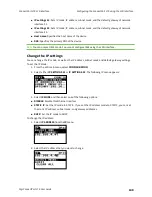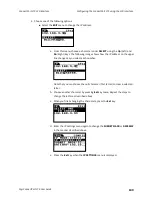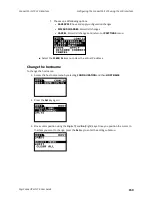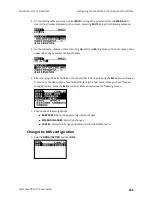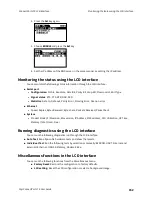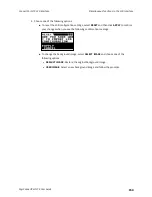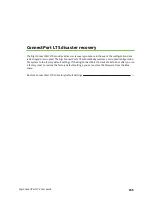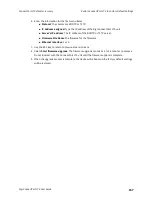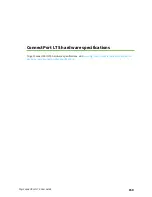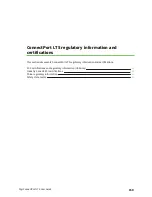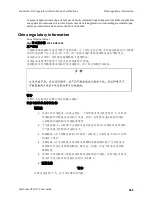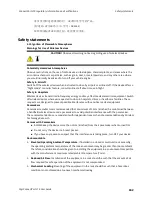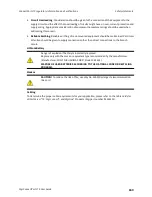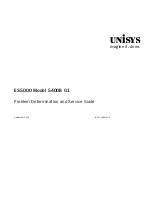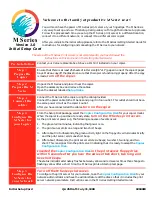
ConnectPort LTS regulatory information and certifications
Safety statements
Digi ConnectPort LTS User Guide
162
请 仅 使 用 制 造 商 推 荐 的 同 一 或 者 同 等 型 号 的 产 品 。
(
制 造 商 :索 尼 福 岛 公 司 ,型 号 :
CR2032)
按 照 国 家 标 准 或 回 收 计 划 ,处 理 废 旧 电 池 。
Safety statements
5.10 Ignition of Flammable Atmospheres
Warnings for Use of Wireless Devices
CAUTION!
Observe all warning notices regarding use of wireless devices.
Potentially Hazardous Atmospheres
Observe restrictions on the use of radio devices in fuel depots, chemical plants, and areas where the
air contains chemicals or particles, such as grain, dust, or metal powders, and any other area where
you would normally be advised to turn off your vehicle engine.
Safety in Aircraft
Switch off the wireless device when instructed to do so by airport or airline staff. If the device offers a
”flight mode” or similar feature, consult airline staff about its use in flight.
Safety in Hospitals
Wireless devices transmit radio frequency energy and may affect medical electrical equipment. Switch
off wireless devices wherever requested to do so in hospitals, clinics, or healthcare facilities. These
requests are designed to prevent possible interference with sensitive medical equipment.
Pacemakers
Pacemaker manufacturers recommended that a minimum of 15cm (6 inches) be maintained between
a handheld wireless device and a pacemaker to avoid potential interference with the pacemaker.
These recommendations are consistent with independent research and recommendations by Wireless
Technology Research.
Persons with Pacemakers
n
ALWAYS keep the device more than 15cm (6 inches) from their pacemaker when turned ON.
n
Do not carry the device in a breast pocket.
n
If you have any reason to suspect that the interference is taking place, turn OFF your device.
Rack-mountable
1.
Elevated Operating Ambient Temperature
: If installed in a closed or multi-unit rack assembly,
the operating ambient temperature of the rack environment may be greater than room ambient.
Therefore, consideration should be given to installing the equipment in a environment compatible
with the manufacturer’s maximum rated ambient temperature (Tmra).
2.
Reduced Air Flow
: Installation of the equipment in a rack should be such that the amount of air
flow required for safe operation of the equipment is not compromised.
3.
Mechanical Loading
: Mounting of the equipment in the rack should be such that a hazardous
condition is not achieved due to uneven mechanical loading.

